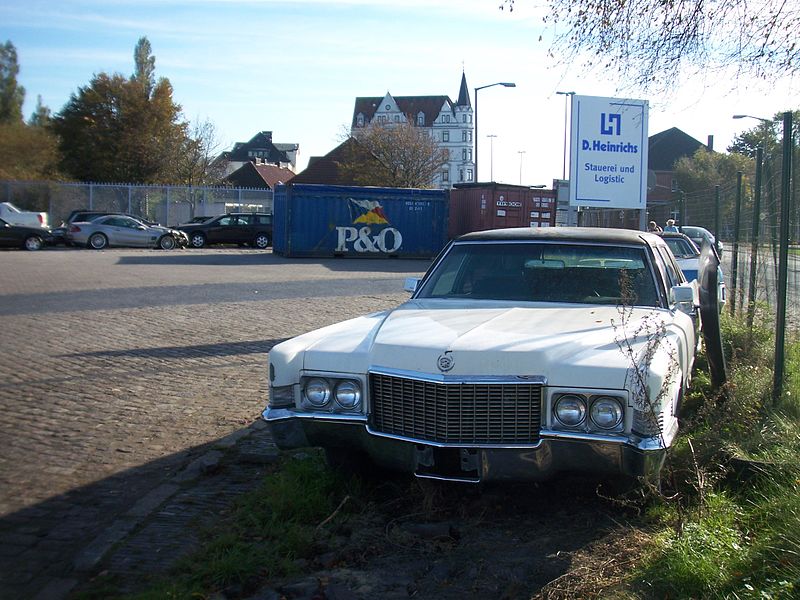
Source: Wikipedia
Have you ever seen some photos of restoration cars in Cuba? There you will find some of the most cherry looking machines in the world, on the face of it. But where auto parts are extremely difficult to find, under the hood you might find something else. To paraphrase the Johnny Cash hit, “One Piece At A Time,” It’s a ’49, ’50, ’51, ’52, ’53, ’54, ’55, ’56, ’57, ’58, ’59 automobile. And maybe a bit of baling wire and duct tape too.
Perhaps it’s not quite that bad, but they say those pristine Cuban ’57 Chevrolet Bellairs, 61 Thurderbird convertibles and ’70s Datsun 240 Z’s, are maintained by mechanics who could best be described as half man, half miracle worker.
Have Spare Parts for Your Auto Available
Fortunately, you don’t need to be quite as careful as a Cuban mechanic here in America. All you need is some mechanical knowledge, a good set of tools, and a source of reasonably priced parts to work with. If you are a car geek, that you could do a lot of the repairs yourself and save big.
Parts, of course, are plentiful no matter how common or how classical your auto is, but chances are you may have to drain the old savings account several times a year just to keep your baby running. That is when it becomes wise to consider buying a salvage car from a firm such as Tear-a-Part. There you can buy individual parts, but more importantly and more conveniently, an entire used salvage car or truck can be yours.
Of course, you have to love your classic car to death, have a place to store the salvage car, and make frequent repairs on your vehicle. Buying a salvage car can make economic sense, but when it comes to keeping your classic on the road, and for convenience, nothing can compare to having spare parts be just a few feet and a few turns of the wrench away.
What Is A Salvaged Vehicle?
According to an article at How Stuff Works, Buying a Salvaged Vehicle, a car or truck is considered salvaged if an insurance company deems the cost of repairs is worth more than the cost of the vehicle. If bought, such vehicles get a salvaged title, which among other things, voids the car or truck’s manufacturer warranty. Most people assume salvaged vehicles are as a result of a crash, and often they are, but in many states, flood damaged and fire damaged vehicles also warrant a salvage title.
Why Do People Buy Salvaged Cars?
Providing the frame or structure of a car is not bent, some mechanics make a hefty living buying salvage cars at auction and fixing them up. Typically, these cars can be 60 percent cheaper than a comparative, undamaged car, and have every chance of going 100,000 miles or more. However, the biggest reason people buy used cars, either directly from the owner or from a wholesaler, is for parts.
Barrons at LKQ reports that companies such as LFQ make millions of dollars in part sales of recycled and refurbished bumpers, fenders, hoods, and axles each year. You can save a fortune in repairs by buying refurbished or recycled lights, trim and simple electrical parts, for example. And even most insurers permit the use of recycled original equipment manufactured parts.
Mechanic’s Surcharge on Parts
For those who take their auto to a mechanic to be fixed rather than doing it yourself, many do not realize that most auto repair shops tack on a 40 to 100 percent surcharge on automotive parts they install into your vehicle. So don’t be under the impression they make their profit from labor charges alone.
And if it isn’t discussed ahead of time, chances are a certain percentage of shops will go ahead and source their parts from a salvage yard or refurbished parts wholesaler anyway. So why not do yourself a favor and bring up the idea of using refurbished or salvaged parts when you bring your auto into the shop.
Buying a Salvaged Vehicle For Your Own Repairs
For convenience as well as money-saving, if you can do the repairs yourself, a used salvage vehicle can be a source of quality parts at-the-ready for two to four years.
